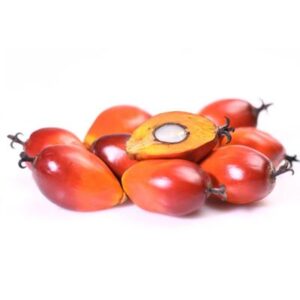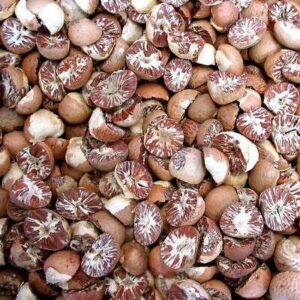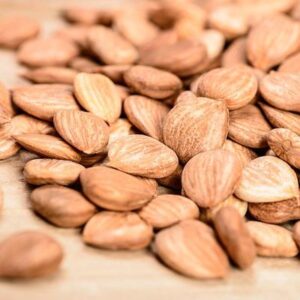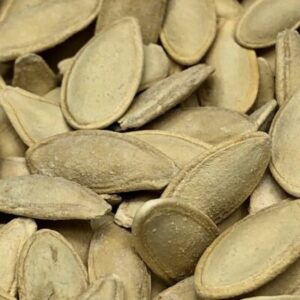Description
Pistachios nuts come from the pistachio tree (Pistacia vera), native to the Middle East and Central Asia. The nut is actually a seed, enclosed in a beige shell that naturally splits open when ripe. Pistachios Nuts The edible kernel is usually greenish-yellow, with a slightly sweet, nutty flavor.
Culinary Uses
- Snacking: eaten raw, roasted, salted, or flavored.
- Desserts: baklava, ice cream, cakes, biscotti, macarons.
- Savory dishes: used in pilafs, salads, sauces, and meat coatings.
- Pistachio paste/butter: used in pastries and spreads.
- Pistachio oil: a specialty oil for dressings and gourmet cooking.
Nutrition & Health
Pistachios are among the most nutrient-dense nuts:
- Protein-rich (higher protein % than most nuts).
- Healthy fats (mainly monounsaturated & polyunsaturated).
- Fiber → supports digestion and satiety.
- Vitamins: B6 (important for brain health), E, and K.
- Minerals: potassium, magnesium, phosphorus, copper.
- Antioxidants: lutein and zeaxanthin (good for eye health).
Health Benefits:
- May lower cholesterol and support heart health.
- Help with weight management (since they’re filling).
- Support blood sugar control.
- Their natural green pigment comes from chlorophyll and carotenoids.
Fun Facts
- Pistachios are called the “smiling nut” in Iran and the “happy nut” in China because the shell looks like a smile.
- Trees can live for hundreds of years and thrive in dry, desert climates.
- Major producers: Iran, USA (California), Turkey, Syria, and Greece.
- Pistachios were once considered a luxury food, enjoyed by royalty and nobility.







Reviews
There are no reviews yet.